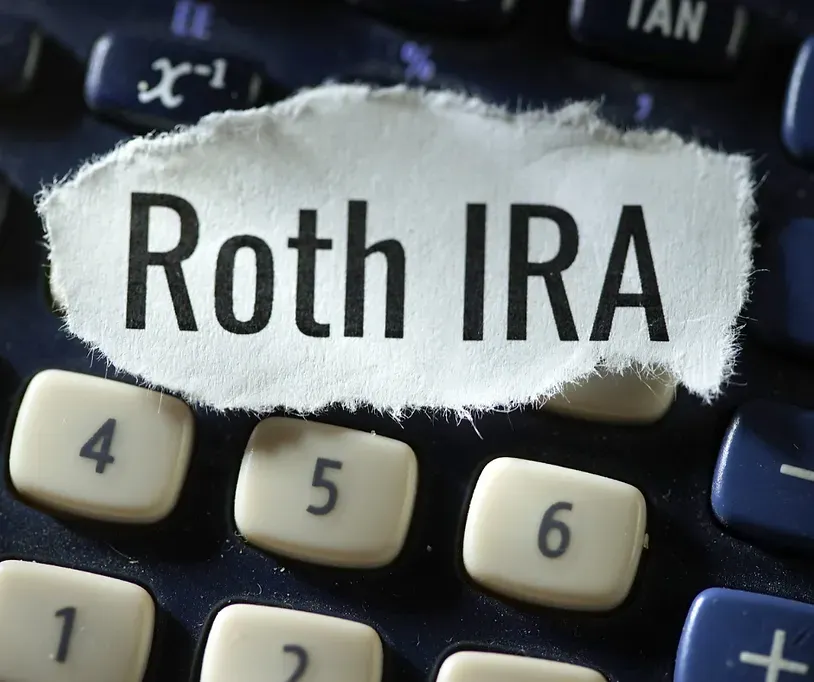What is a Roth Ira?
A Roth IRA is a type of investment account that was introduced in 1997 as part of the Taxpayer Relief Act. It is named after Senator William Roth of Delaware, who was the chief sponsor of the legislation. The purpose of a Roth IRA is to provide investors with a tax-free source of income in retirement.

How Does a Roth IRA Work?
When you contribute to a Roth IRA, you do not get a tax deduction for your contribution in the year that you make it. However, your contributions grow tax-free, and when you withdraw money from the account in retirement, you do not have to pay taxes on the withdrawals. This is different from a traditional IRA, where contributions are tax-deductible but withdrawals are taxed as income.
In addition to tax-free growth and withdrawals, Roth IRAs have several other advantages over traditional IRAs. For example, there are no required minimum distributions (RMDs) for Roth IRAs, which means you can leave the money in the account as long as you like. This is in contrast to traditional IRAs, which require you to start taking withdrawals at age 72.
Who is Eligible to Contribute to a Roth IRA?
To contribute to a Roth IRA, you must have earned income from a job or self-employment. There are also income limits that determine how much you can contribute. For 2021, the income limit for single filers is $140,000, and the limit for married couples filing jointly is $208,000. If your income is above these limits, you may still be able to contribute to a Roth IRA through a backdoor Roth IRA conversion, which involves making non-deductible contributions to a traditional IRA and then converting the funds to a Roth IRA.
Advantages of Investing in a Roth IRA
One of the biggest advantages of investing in a Roth IRA is the tax-free growth and withdrawals. This can be especially beneficial if you expect to be in a higher tax bracket in retirement than you are currently in. Additionally, because there are no required minimum distributions, you can leave the money in the account to grow tax-free for as long as you like.
Another advantage of a Roth IRA is that you can withdraw your contributions at any time, without penalty or taxes. This can make a Roth IRA a good option for people who are saving for a variety of goals, such as a down payment on a house or a child’s education.
Disadvantages of Investing in a Roth IRA
One of the main disadvantages of a Roth IRA is that you do not get a tax deduction for your contributions. This means that if you are in a high tax bracket now, it may make more sense to contribute to a traditional IRA, where you can get a tax deduction for your contributions.
Another potential disadvantage of a Roth IRA is that the income limits for contributions can be a barrier for some investors. If your income is above the limit, you may not be able to contribute directly to a Roth IRA, although there are strategies like backdoor Roth IRA conversions that can still allow you to invest in a Roth IRA.
Conclusion: A Roth IRA is a tax-advantaged retirement savings account that allows individuals to invest after-tax dollars and potentially enjoy tax-free growth and withdrawals during retirement. They offer several advantages, including tax-free growth potential, flexibility, and no required minimum distributions. However, they may not be the best option for everyone, and it is important to consult with a financial advisor to determine the best retirement savings strategy for your individual financial situation.
Email: [email protected]
